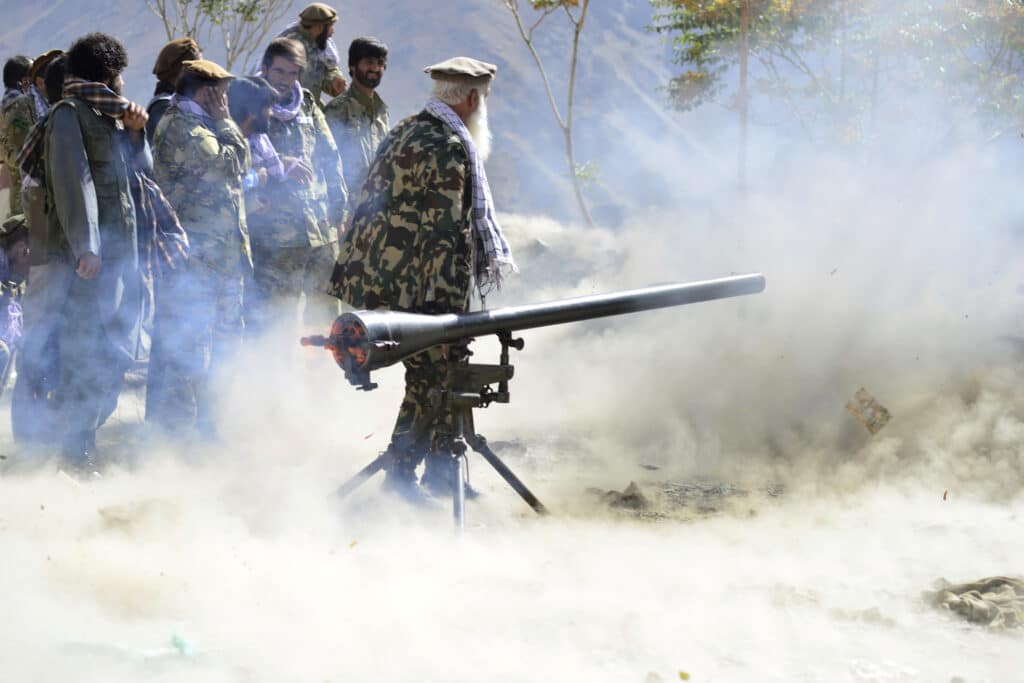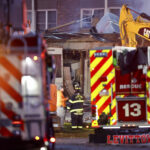Taliban fighters shot their guns into the air as the last American planes left Afghanistan. The Taliban had told the U.S. all of its evacuation must be completed by Tuesday, so the last U.S. flight left on Monday. The Associated Press has the story:
U.S. admits it did not get everyone out of Afghanistan that it wanted to
KABUL, Afghanistan (AP) — Taliban fighters watched the last U.S. planes disappear into the sky around midnight Monday and then fired their guns into the air, celebrating victory after a 20-year insurgency in Afghanistan that drove the world’s most powerful military out of one of the poorest countries.
The departure of the cargo planes marked the end of a massive airlift in which tens of thousands of people fled Afghanistan, fearful of the return of Taliban rule after they took over most of the country and rolled into the capital earlier this month.
“The last five aircraft have left, it’s over!” said Hemad Sherzad, a Taliban fighter stationed at Kabul’s international airport. “I cannot express my happiness in words. … Our 20 years of sacrifice worked.”
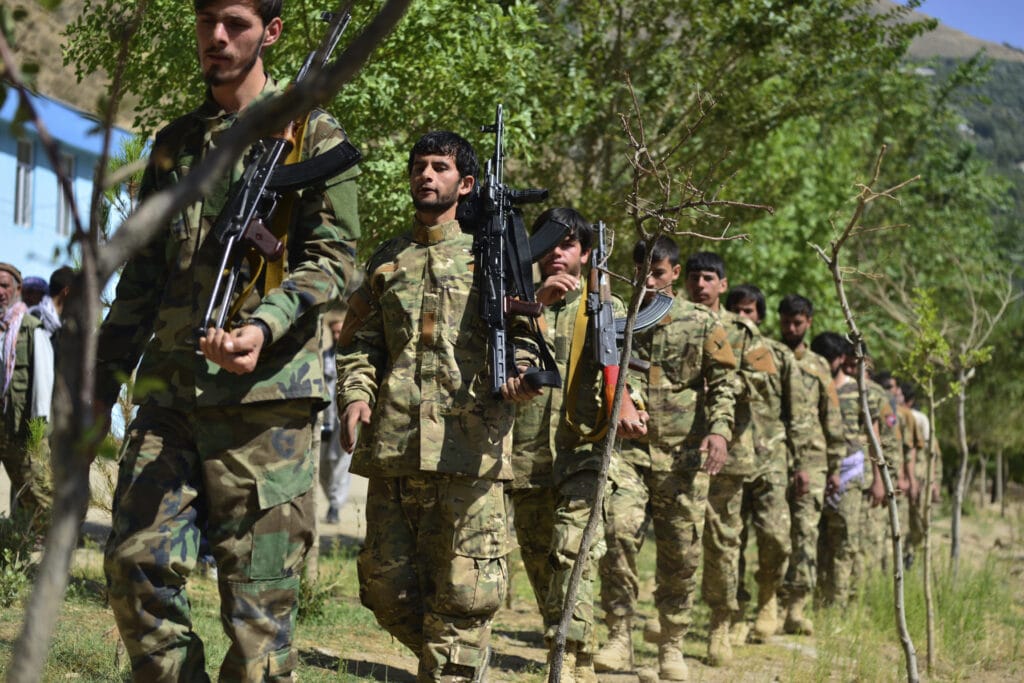
In Washington, Gen. Frank McKenzie, head of U.S. Central Command, announced the completion of America’s longest war and the evacuation effort, saying the last planes took off from Kabul airport at 3:29 p.m. EDT — one minute before midnight Monday in Kabul.
“We did not get everybody out that we wanted to get out,” he said.
With its last troops gone, the U.S. ended its 20-year war with the Taliban back in power. Many Afghans remain fearful of them or further instability, and there have been sporadic reports of killings and other abuses in areas under Taliban control despite pledges to restore peace and security.
“American soldiers left the Kabul airport, and our nation got its full independence,” Taliban spokesman Zabihullah Mujahid said early Tuesday.
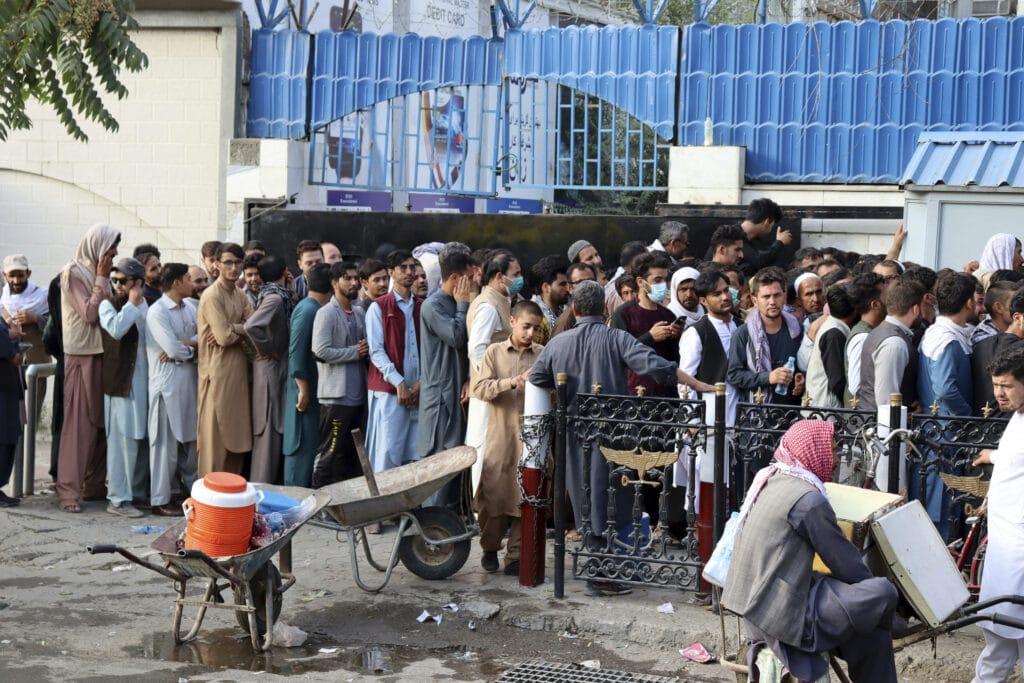
Earlier Monday, Islamic State militants had fired a volley of rockets at the rapidly emptying international airport without hurting anyone. All day, U.S. military cargo jets came and went despite the rocket attack.
The two-week airlift had brought scenes of desperation and horror. In the early days, people desperate to flee Taliban rule flooded onto the tarmac and some fell to their deaths after clinging to a departing aircraft. On Thursday, an Islamic State suicide attack at an airport gate killed at least 169 Afghans and 13 U.S. service members.
The extremist group is far more radical than the Taliban, who captured most of Afghanistan in a matter of days. The two groups have fought each other before, and the Taliban have pledged to not harbor terrorist groups.
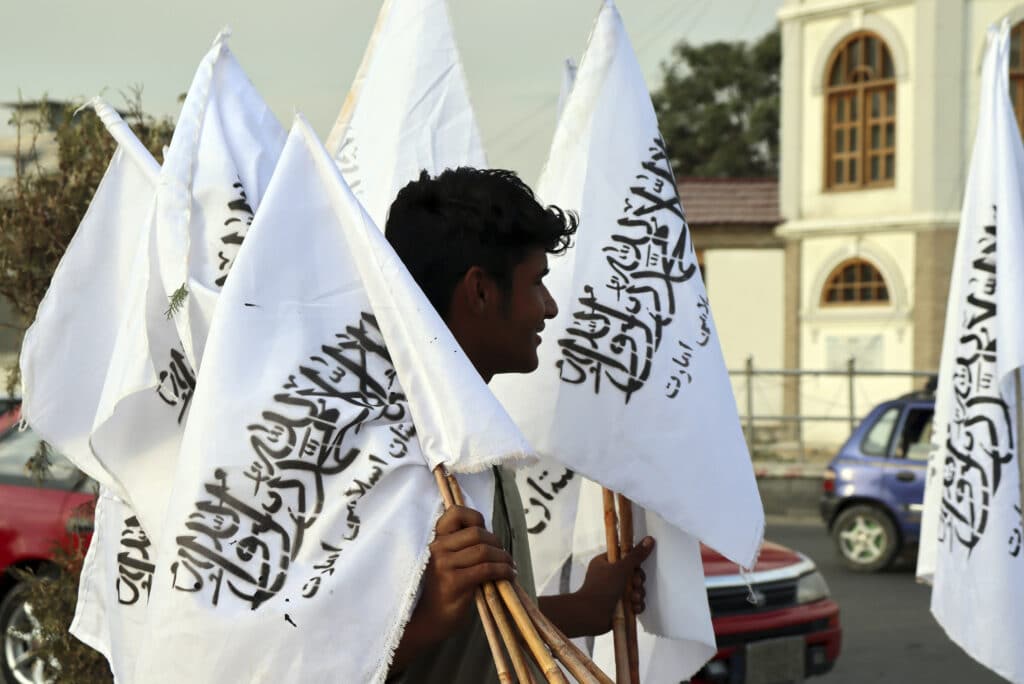
The Taliban tightened their security cordon around the airport after the attack, clearing away massive crowds who were desperate to flee the country. The Taliban are now in full control of the airport.
A crowd gathered Monday around the remains of a four-door sedan used in the rocket attack. The car had what appeared to be six homemade rocket tubes mounted in place of its back seats.
“I was inside the house with my children and other family members. Suddenly there were some blasts,” said Jaiuddin Khan, who lives nearby. “We jumped into the house compound and lay on the ground.”
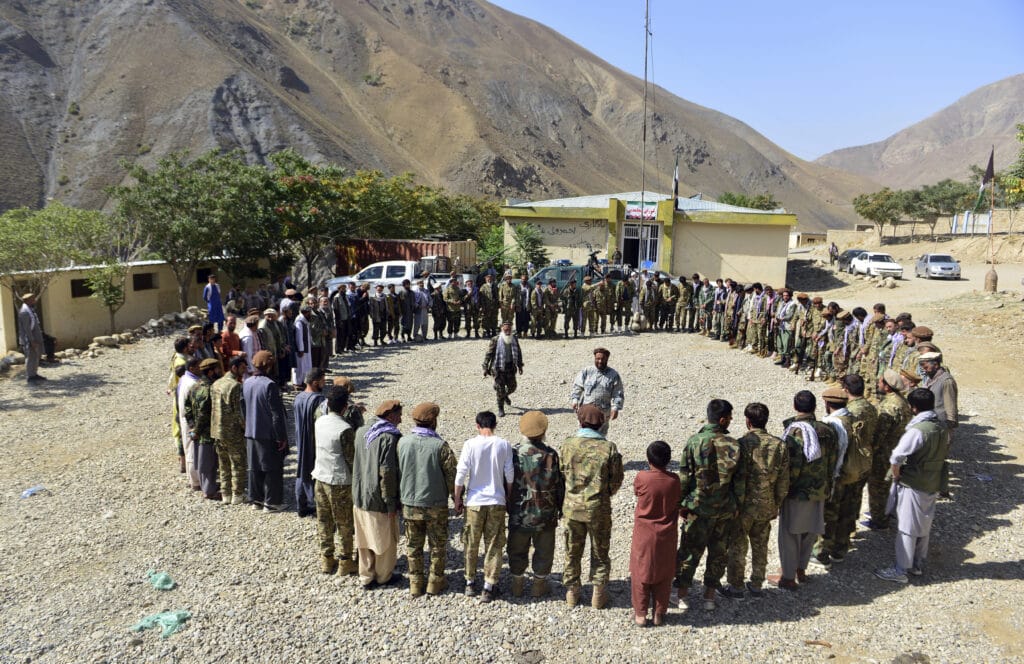
Some of the rockets landed across town, striking residential apartment blocks, witnesses said. That neighborhood is about 3 kilometers (under 2 miles) from the airport. No injuries were reported.
Five rockets targeted the airport, said Navy Capt. Bill Urban, a U.S. military spokesman. A defensive weapon known as a C-RAM — a Counter-Rocket, Artillery and Mortar System — targeted the rockets in a whirling hail of ammunition, he said. The system has a distinct, drill-like sound that echoed through the city at the time of the attack.
An IS statement, carried by the group’s Amaq media outlet, claimed the militants fired six rockets.
Planes took off about every 20 minutes at one point Monday morning. One C-17 landing in the afternoon shot off flares as it approached — a maneuver to protect against heat-seeking missiles and a sign the U.S. military remains concerned about surface-to-air missiles loose in the country.
Smoke from several fires along the airport’s perimeter could be seen. It wasn’t clear what was ablaze, although U.S. forces typically destroy material and equipment they don’t take with them.
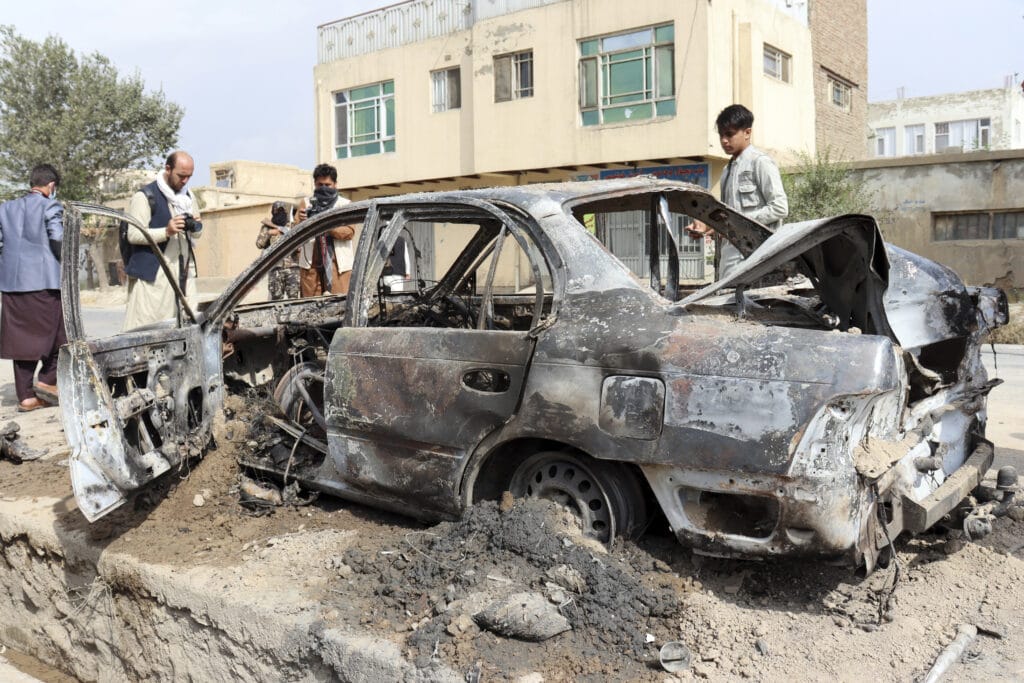
The airport had been one of the few ways out for foreigners and Afghans fleeing the Taliban. However, coalition nations have halted their evacuations in recent days, leaving the U.S. military largely alone there with some remaining allied Afghan forces.
The U.S. State Department released a statement Sunday signed by about 100 countries, as well as NATO and the European Union, saying they had received “assurances” from the Taliban that people with travel documents would still be able to leave.
The Taliban have said they will allow normal travel after the U.S. withdrawal is completed on Tuesday and they take control of the airport. However, it is unclear how the militants will run the airport and which commercial carriers will begin flying in, given the ongoing security concerns.
Qatar confirmed to The Associated Press on Monday that the Gulf country has been taking part in negotiations about operations at the airport with Afghan and international parties, mainly the U.S. and Turkey. Qatar’s Assistant Foreign Minister Lolwa al-Khater said its main priority is restoring regular operations while maintaining security at the airport. Qatar is a U.S. ally that has long hosted a Taliban political office.
The Taliban honored a pledge not to attack Western forces during the evacuation, but IS remained a threat.
The U.S. carried out a drone strike Saturday that it said killed two IS members. American officials said a U.S. drone strike on Sunday blew up a vehicle carrying IS suicide bombers who were planning to attack the airport.
Relatives of those killed in Sunday’s strike disputed that account, saying it killed civilians who had nothing to do with the extremist group.
Najibullah Ismailzada said his brother-in-law, Zemarai Ahmadi, 38, had just arrived home from his job working with a Korean charity. As he drove into the garage, his children came out to greet him, and that’s when the missile struck.
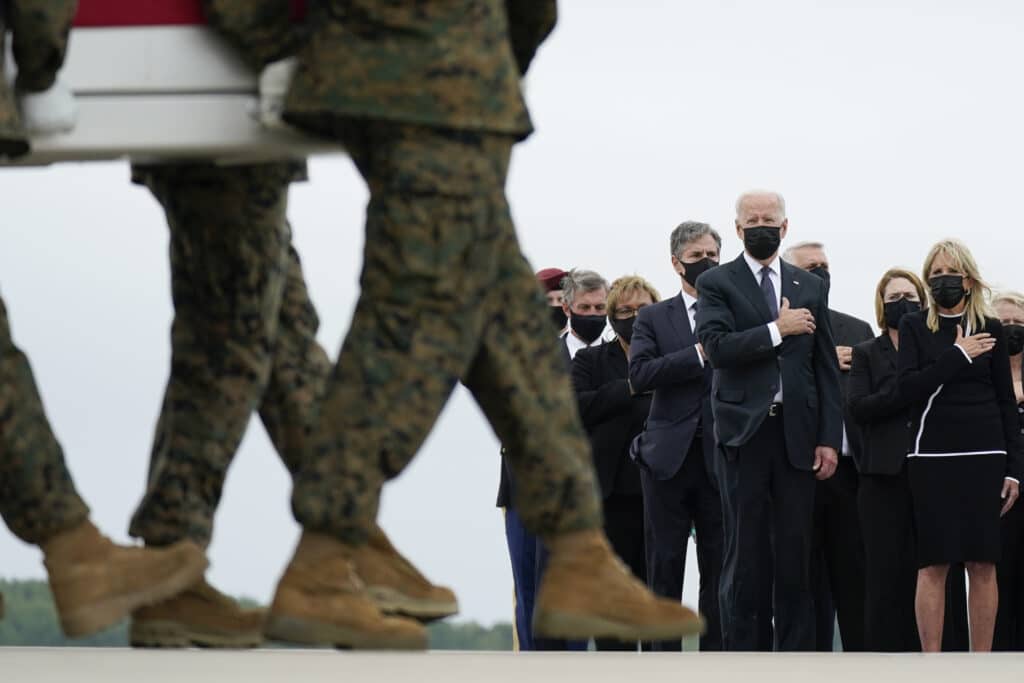
“We lost 10 members of our family,” Ismailzada said, including six children raging in age from 2 to 8. He said another relative, Naser Nejrabi, who was a former soldier in the Afghan army and a former interpreter for the U.S. military in his mid-20s, also was killed, along with two teenagers.
U.S. officials have acknowledged the reports of civilian casualties without confirming them.
White House press secretary Jen Psaki said the U.S. military takes steps to avoid civilian casualties when carrying out targeted strikes. “Of course, the loss of life from anywhere is horrible, and it impacts families no matter where they’re living, in the United States or around the world,” she said.
___
By KATHY GANNON, TAMEEM AKHGAR and JOSEPH KRAUSS |
Akhgar reported from Istanbul and Krauss from Jerusalem. Associated Press writers Jon Gambrell in Dubai, United Arab Emirates, Rahim Faiez in Istanbul, Munir Ahmed in Islamabad, Samy Magdy in Cairo, Joseph Krauss in Jerusalem and Robert Burns and Lou Kesten in Washington contributed.

